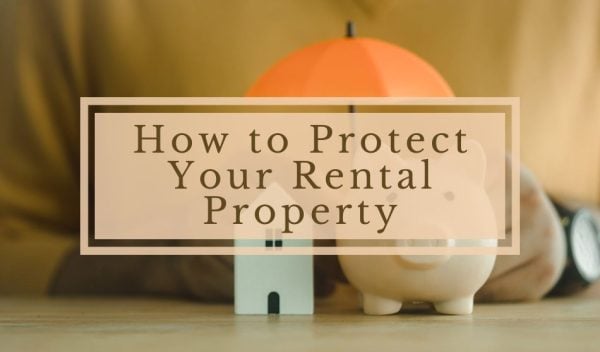
A rental property can ensure a great place to live for your tenants and provides an excellent investment for you as the owner. However, keeping it safe from weather, internal damage, and potential crime is essential. Protecting your property is key to ensuring your investment and your tenants’ well-being are secure. Thankfully, a little planning can make it simple.
Don’t forget about these important areas when improving security and mitigating damage at your rental property.
Rental Exterior Protection List
Your rental’s exterior is the first thing a potential intruder sees. It’s also the first line of defense between your rental and any severe weather or pests it might face. Here are ways you can improve the security on and around your property.
Landscaping
There are many ways you can landscape to improve your rental’s security, including adding thick bushes under windows to make it hard for intruders to navigate. Large trees and privacy fences help to block entryways and expensive exterior items from view.
Keep up with your landscaping by yourself, or hire a trusted professional. Whichever you choose, ensuring the property looks cared for and occupied will deter most burglars. Remove any potential tools someone could use in place of a ladder, like garbage cans below windows or tree branches. Also, remove any trees that could fall onto your home in a storm.
Sprinklers
Setting your sprinklers off at night or when they detect motion is a unique-but-effective security measure. Slippery surfaces are more challenging for intruders to navigate, and they might flee once the sprinkler catches them off guard.
Outdoor Lighting
Exterior lighting is an excellent way to deter someone from threatening your rental property. Many motion detectors will light up as someone approaches, making it obvious they are there.
You can also get lights with automatic timers to put in different places around your property, indicating that someone is there at all hours of the day and night — even if they aren’t.
Shingles and Siding
It’s important to check your exterior regularly, particularly after a severe weather event. Cracked shingles could lead to excess moisture entering your home, making it vulnerable to mold and structure-harming pests like termites.
Repair or replace any cracked or missing exterior parts to keep them strong. Also, ensure you check your roof for similar issues.
Cameras
Security cameras are an excellent way to keep up with what’s happening on your property. Whether you want to ensure the property is in one piece or discover what happened to a missing item, you can do it all with exterior security cameras.
You can mount cameras operating on a secure server or a smart security system. Both can give you peace of mind when you’re away from your rental unit. Some motion-detection cameras will set off alarms or lights when someone approaches.
Interior Rental Protection List
Your interior is just as essential to secure as your exterior. Dangers from the outside can creep in and you can use your interior to protect the people and items inside. Here’s how to protect your home.
Indoor Lighting
Interior lights can be a crucial deterrent for potential home intruders. Keeping on a few lights at night can make it seem like someone is staying there. Use timers to save energy so they only run a few hours each night. You can also use mirrors to reflect exterior lights, making your interior seem lit without turning on the lights.
Alarms
With smart security hubs, it’s easy to set discrete alarms on your doors and windows when one gets breached. The noise will repel intruders out and alert neighbors and the police that someone unauthorized is accessing your rental.
Window and Door Thickness
The glass in your windows and doors protects your rental from intruders and severe weather. Multi-paned windows withstand impacts better than single-pane alternatives. Your door thickness is also something to consider, as thicker options are heavier and can take potential damage much better than thinner options.
Also, ensure your windows and doors have proper seals around them to eliminate vulnerabilities. You can place security bars on your windows for extra protection if necessary.
Emergency Exits
Your rental should be relatively easy to escape from any room, helping you and your tenants stay safe if disaster strikes. Install a fire escape or roll-down ladder to leave the upper floors safely if necessary. If you have a windowless room, consider adding one so people inside can escape the door and get blocked by fire, water or debris.
Lock Upgrades
Adding interior locks can create a tighter seal between your door and its frame, making it harder for people or weather to penetrate. Add different types of deadbolts to your doors. If someone can pick one, they might be unable to pick all. You can also invest in biometric locks that only permit entry to the fingerprints you program into them.
Doorbells and Peep Holes
Smart doorbells are changing the game for home security. You can talk to unexpected guests and delivery drivers through a video doorbell, whether you’re home or not. It can give people the illusion that you’re home when you’re not and lets you view the home’s surroundings from far away.
A peephole is excellent for anyone staying inside the rental. They can see who is at your door before they answer it to make sure they only admit known individuals.
Smoke and Carbon Monoxide Detectors
Whether someone is currently staying in your rental or not, keeping good batteries in smoke and carbon monoxide detectors and testing them can help prevent illness, injuries and fatalities. The sound can alert anyone in and around the home that there’s a problem and some can alert authorities when they go off–which could be helpful if no one else is around.
Even if no one is home, the noise made by the alarms may be picked up by indoor cameras, which alerts you to a potential problem.
Other Ways to Protect Your Rental
Once your interior and exterior are secure, there are additional steps you can take to keep your rental as safe as possible.
Regular Maintenance
Keeping up with property maintenance is as essential for your rental property as for your primary home. Regularly inspecting your electrical and plumbing systems is vital for rentals since you might not notice potential problems as quickly when you’re not there often.
When pipes leak, they could cause flooding that damages the entire home. A small leak can cause moisture build-up that leads to mold and mildew. You can install safety systems with sensors that will turn off your water supply if it detects a leak.
For multifamily homes, an indoor sprinkler system could be a solution for putting out potential fires. For single-family homes and apartment complexes alike, ensuring you are adhering to firewise recommendations with your landscaping can mitigate risk during wildfire seasons.
Require Renters Insurance
You can avoid many costly repairs by requiring that your tenants invest in renters insurance. It often covers damage to tenant belongings from weather-related problems and major home system failures. It also can cover liability claims and accidental damage due to tenant negligence. If your tenant leaves the water on and floods the upstairs, you’ll want assurance that they can cover the repairs.
Vet Your Tenants
Tenant screening is vital to ensure your property is protected from the inside out. Vet your applicants to prevent renting to unreliable or dangerous renters. As an owner, you will want a tenant who has demonstrated responsibility and fincical security to ensure they will pay rent on time and have the ability to care for the property. If you’re renting the property long-term, getting a background check, credit report, and proof of employment is also a good idea to cover all your bases.
Learn more: The Ultimate Guide to Tenant Screening for Landlords
Securing Your Rental
Securing your rental property is important, especially if you’re not often there in person. When you take these measures, you keep your investment safe.

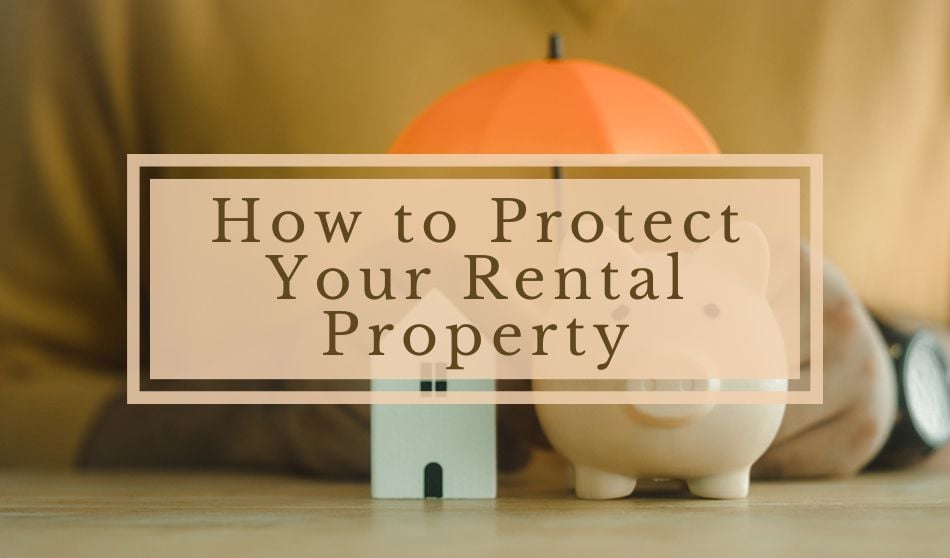
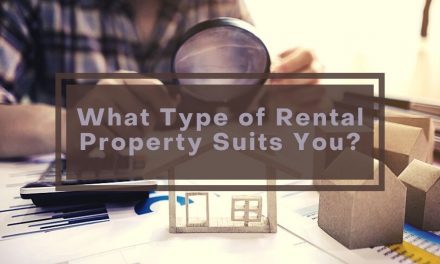

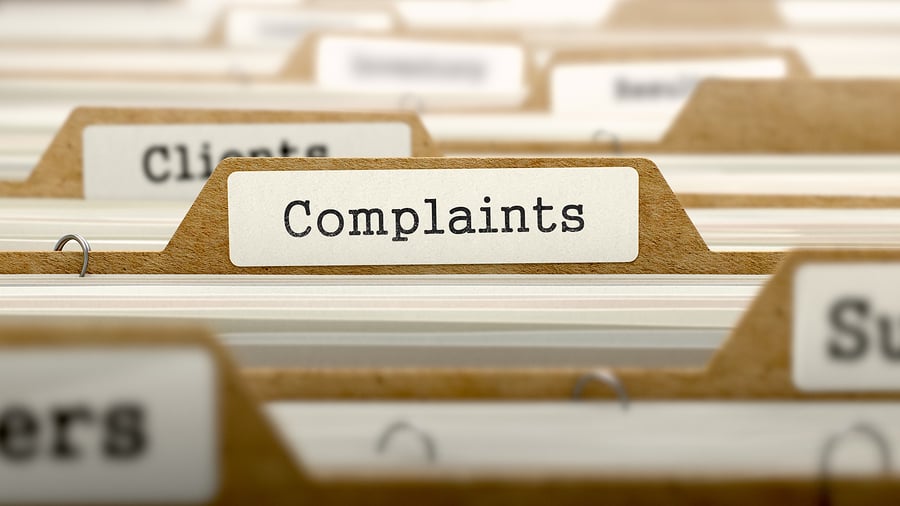
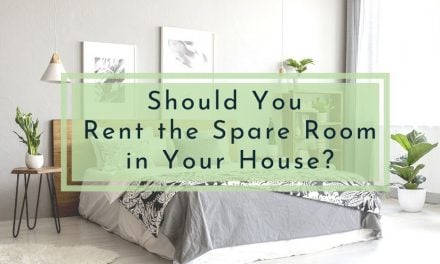

Our Manager has stopped trash removal to only 1 day a week which causes a big mess throughout the week and a cause for Pests to invade property such as Cockroaches and Ants, this is a Section 8 Housing and a month to month residency, I can’t get on section 8 at this point after living here for almost 4 years and have been misdirected through this process, and have become a Widow since January 2022, I hope this Comment get to the Correct People, living here in Reno, Nevada, I need help since I will be Paying over 800 dollars come October and live on 1400 @ month on Social Security, it’s very overwhelming at this point and when we can’t empty our garage because of lack of care from Management @ The WILLOW @ WELLS APARTMENTS, RENO, NEVADA